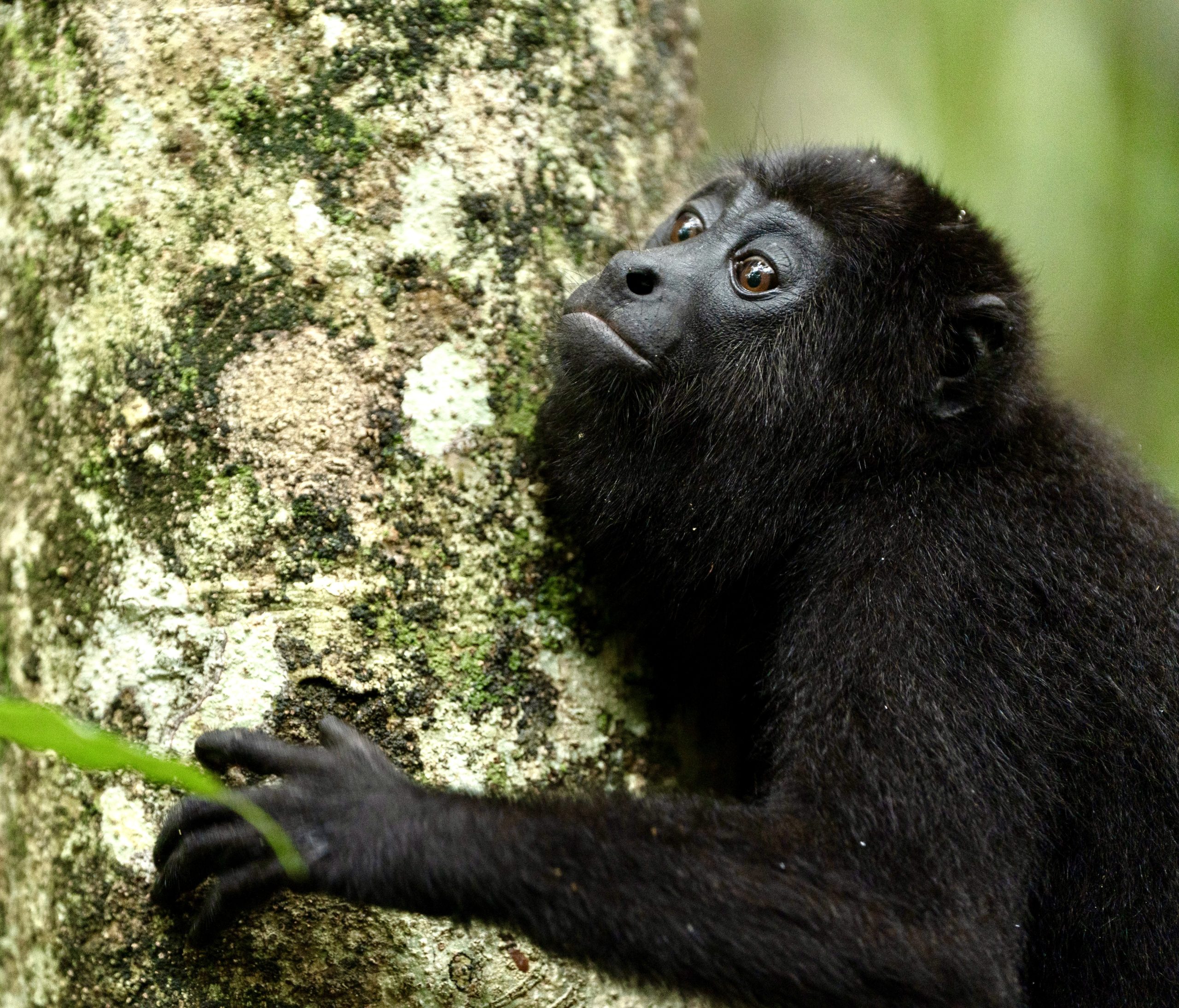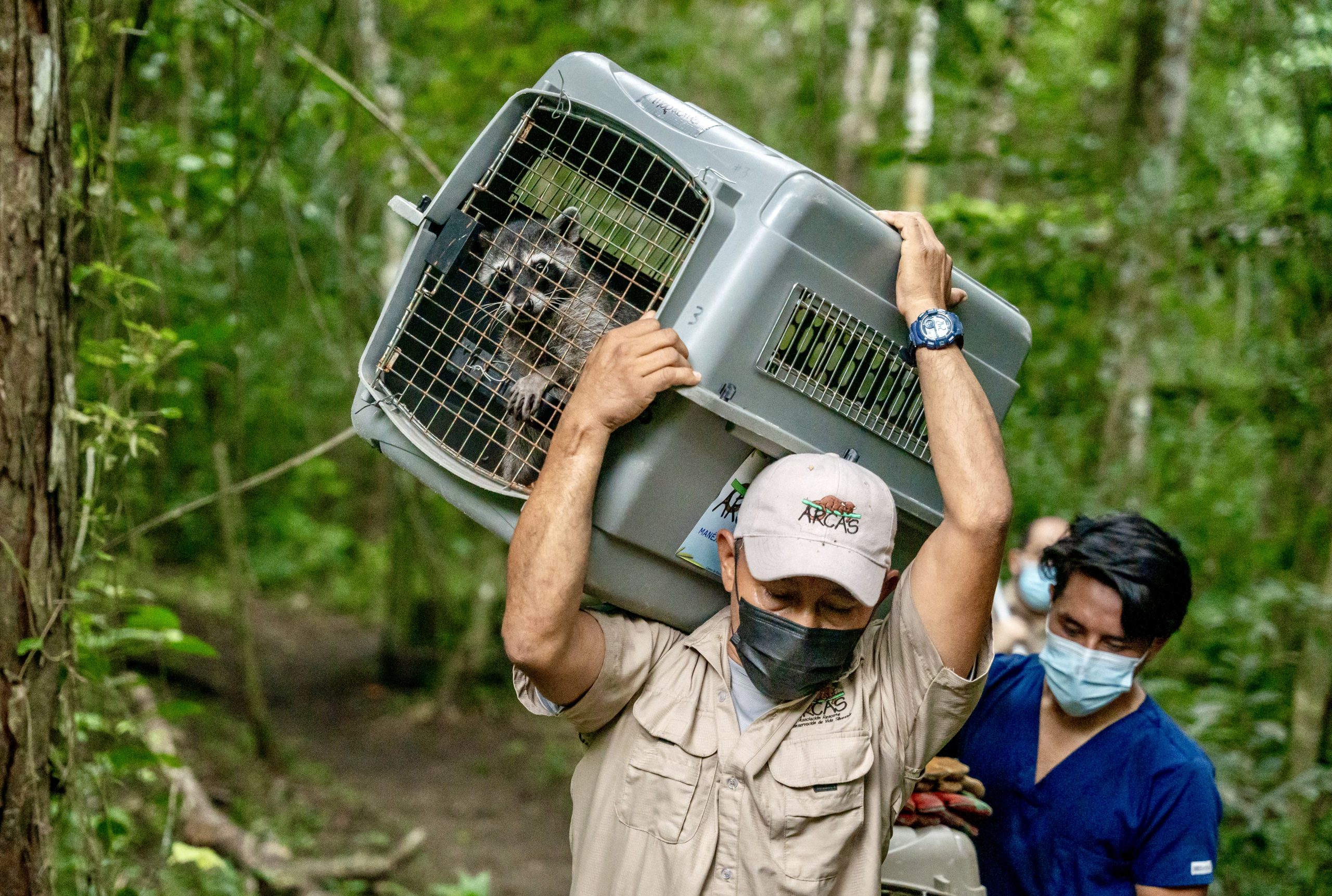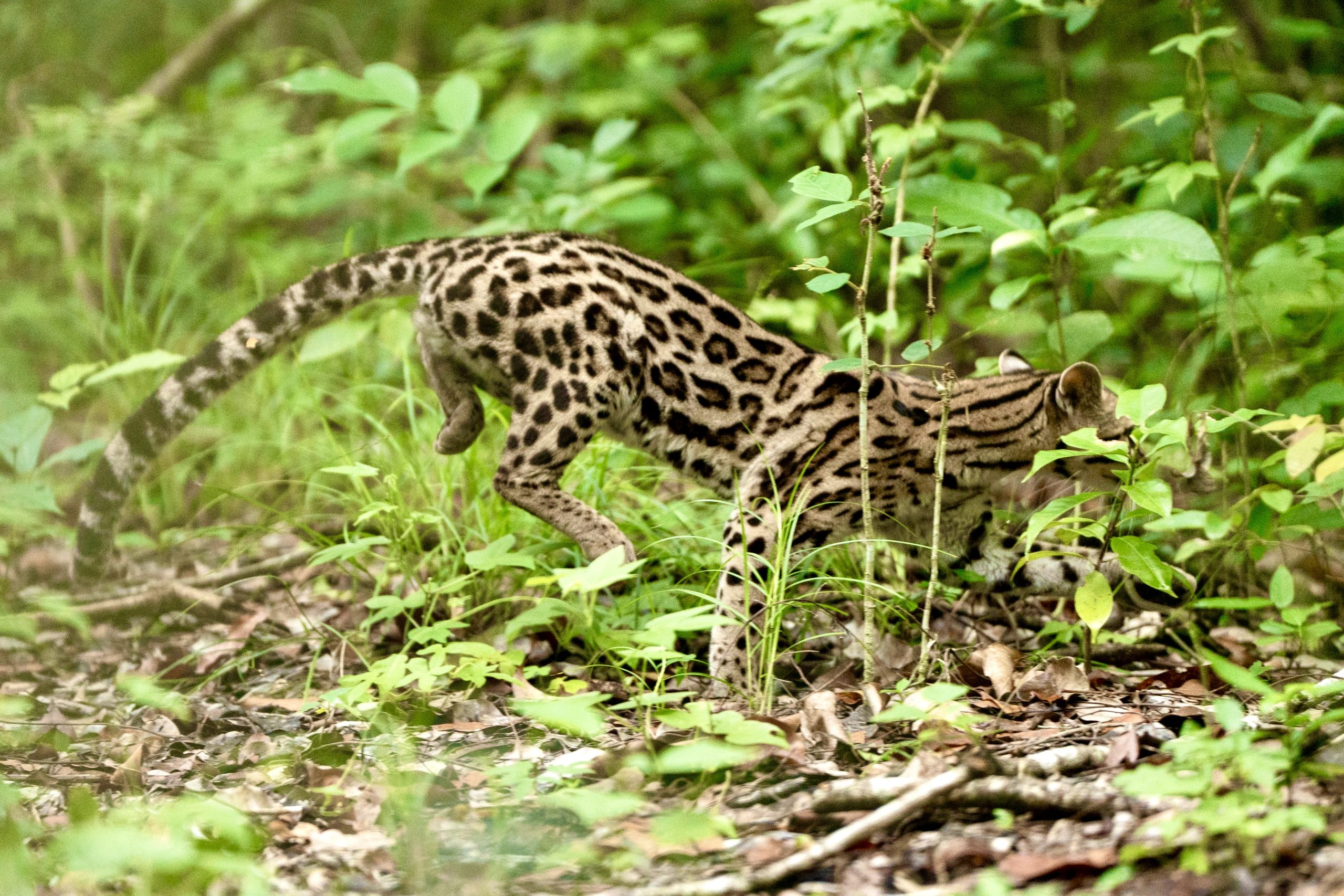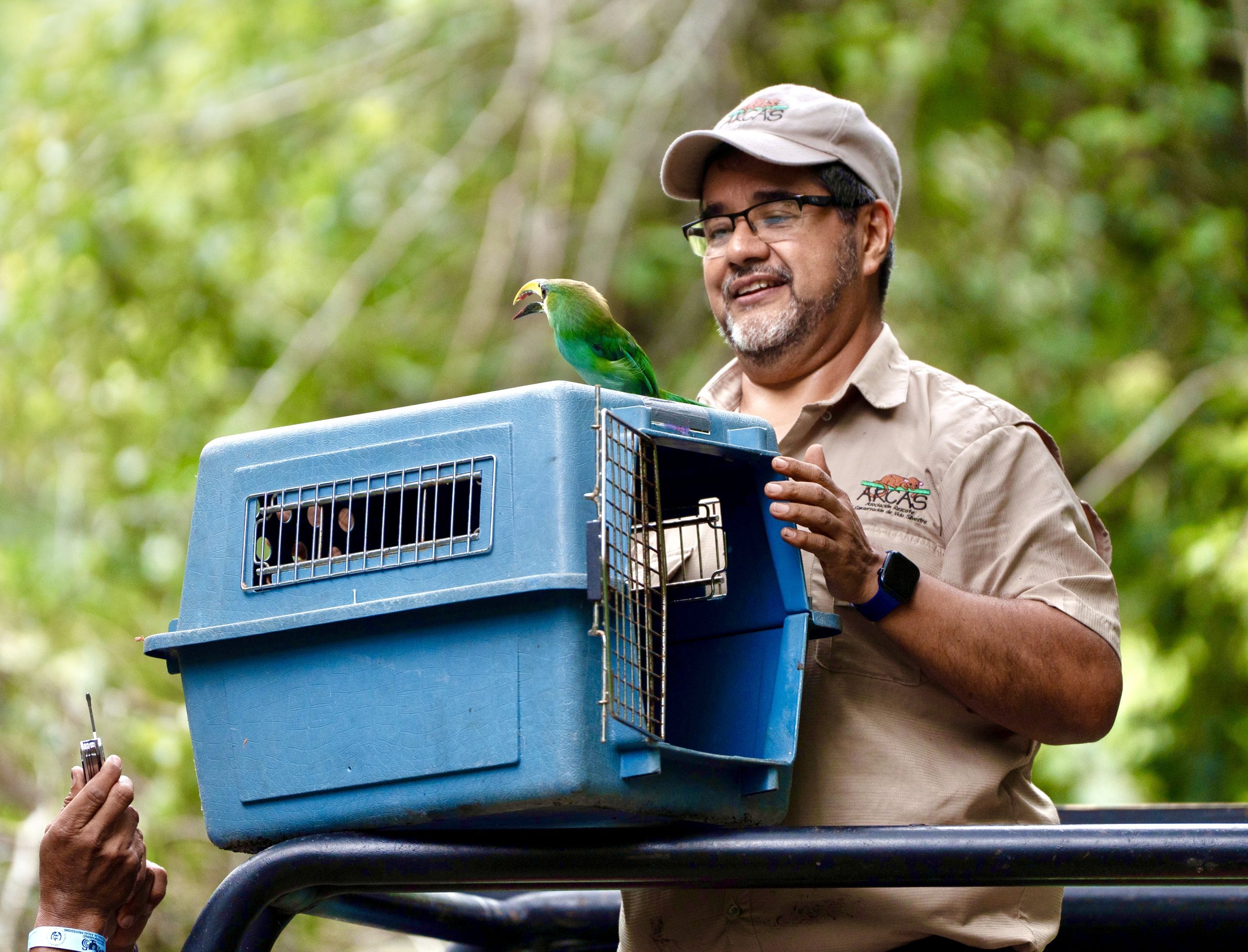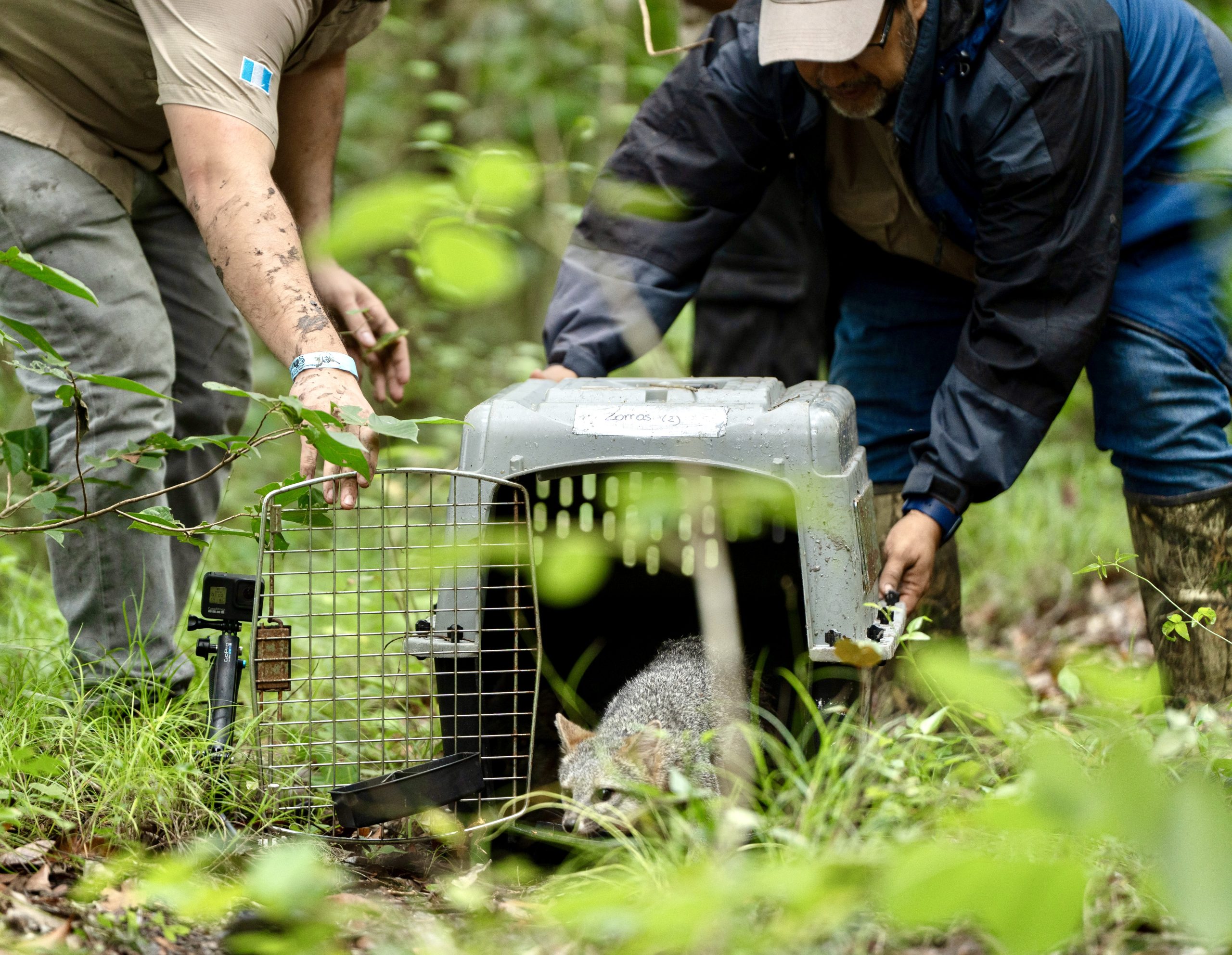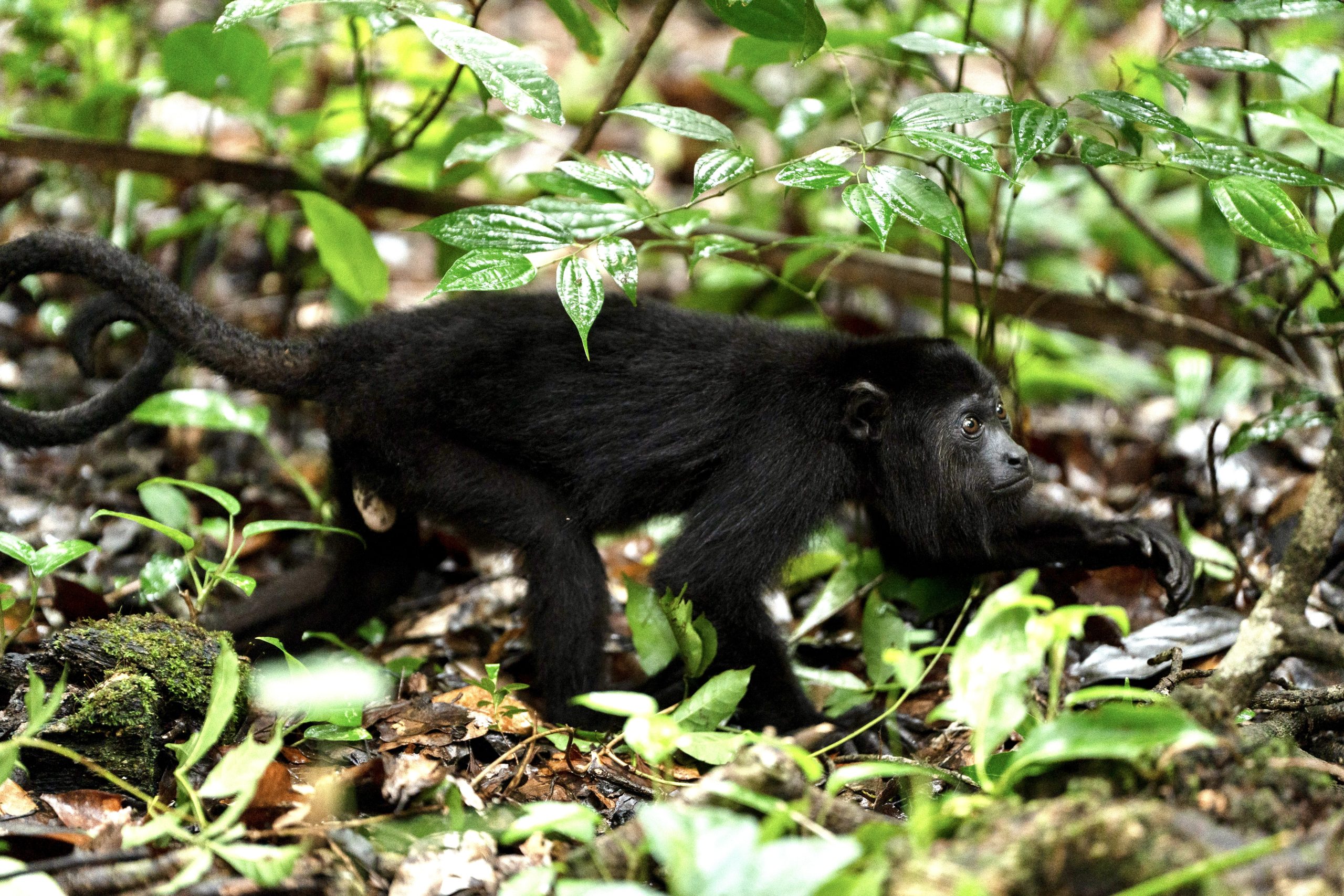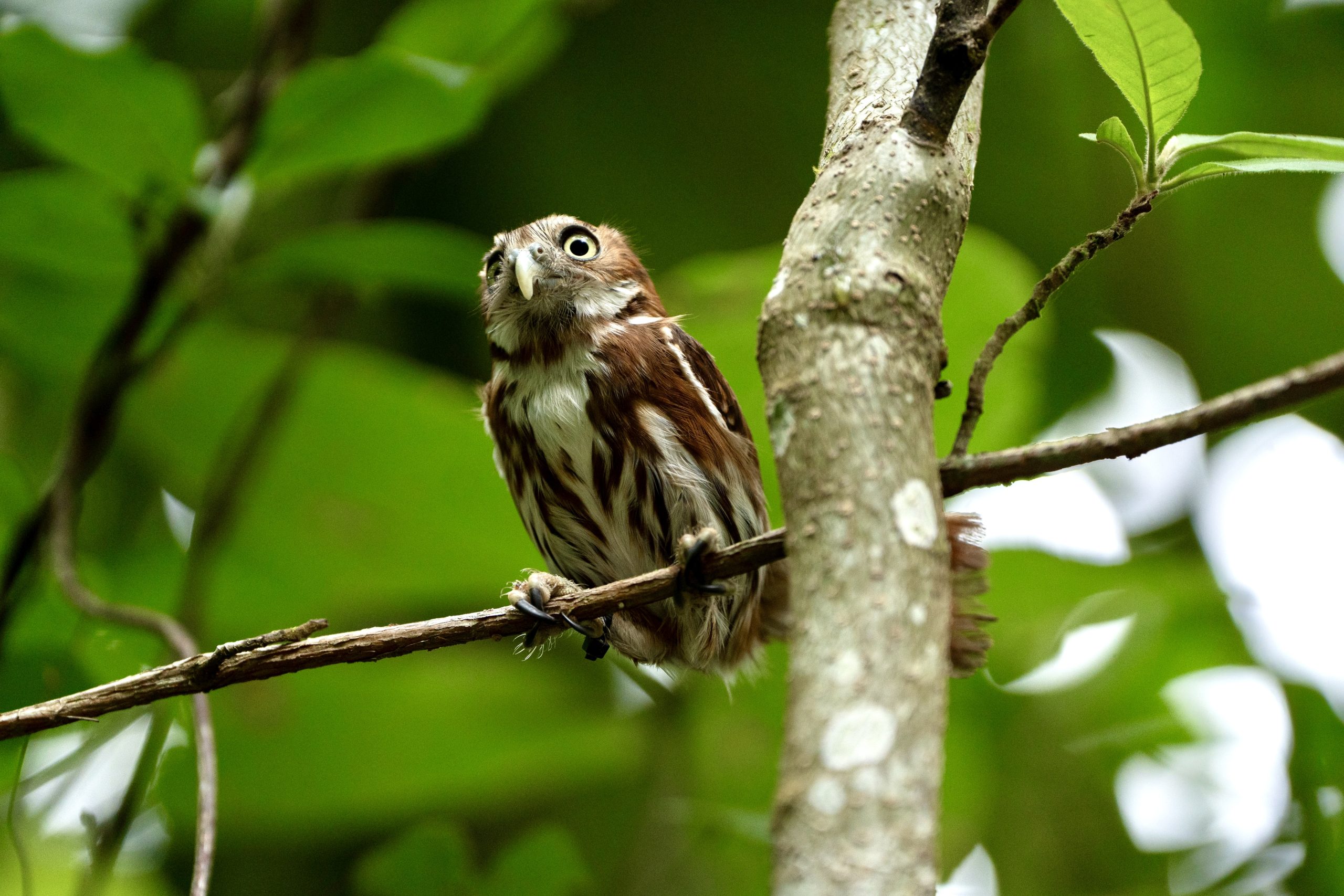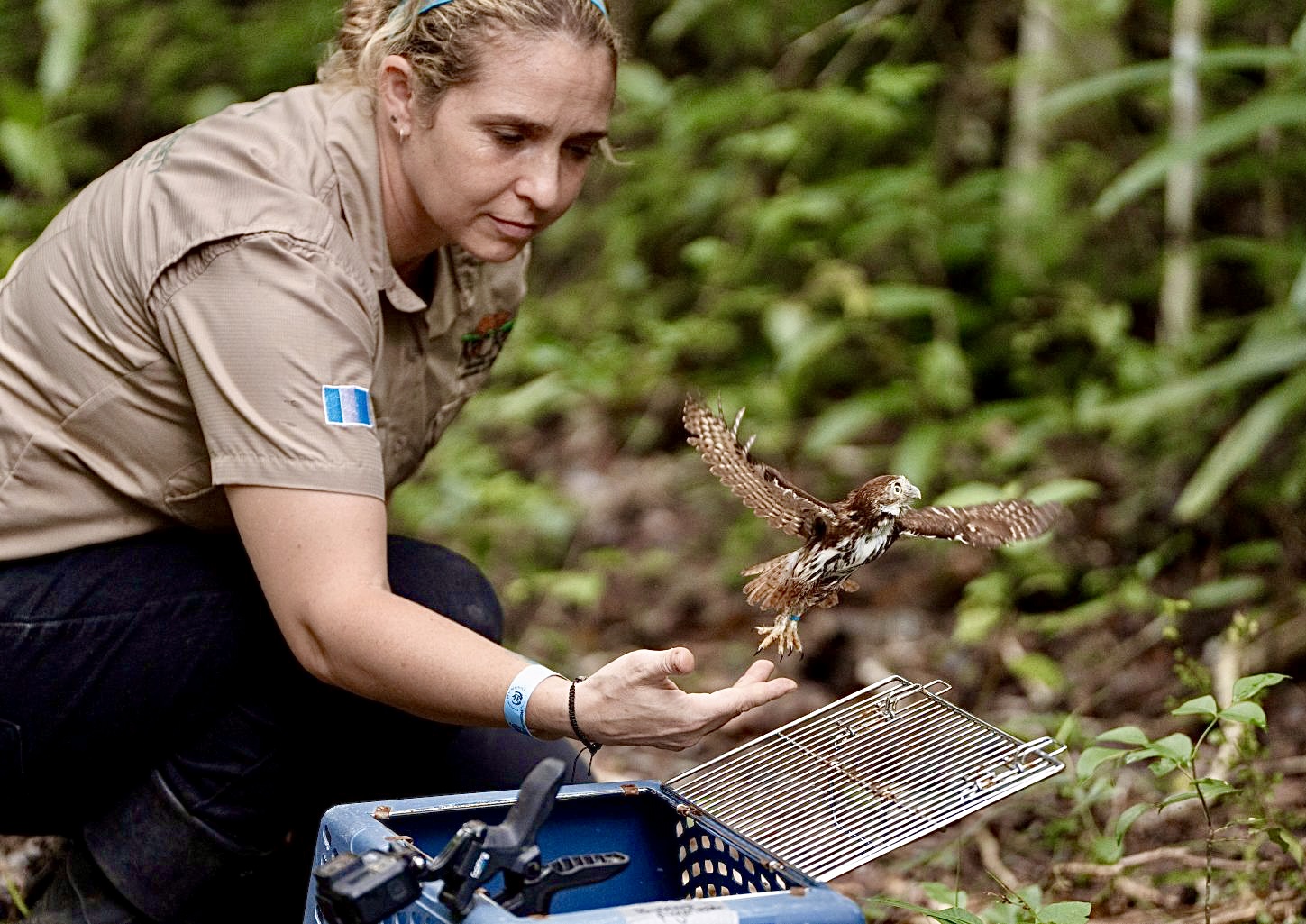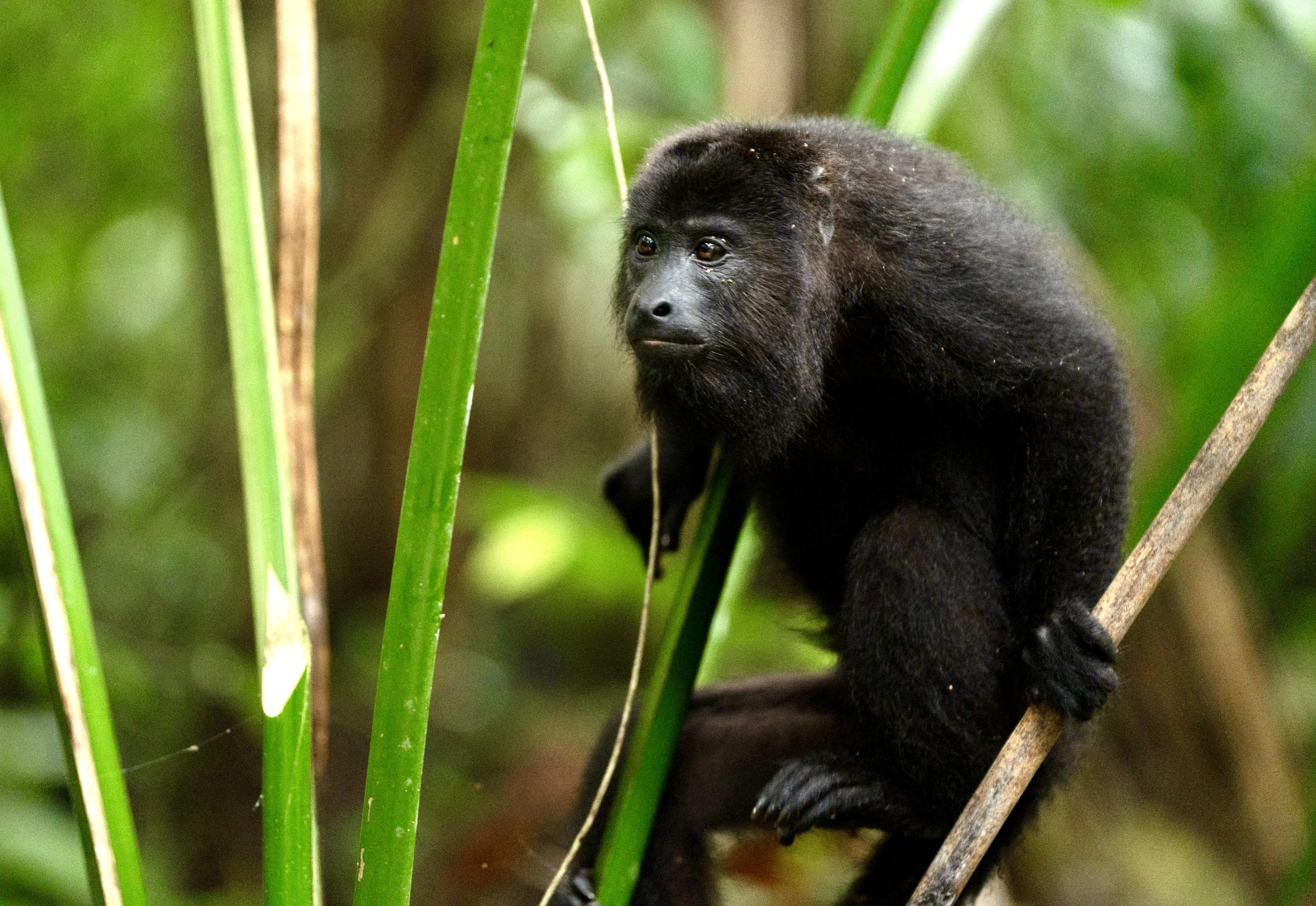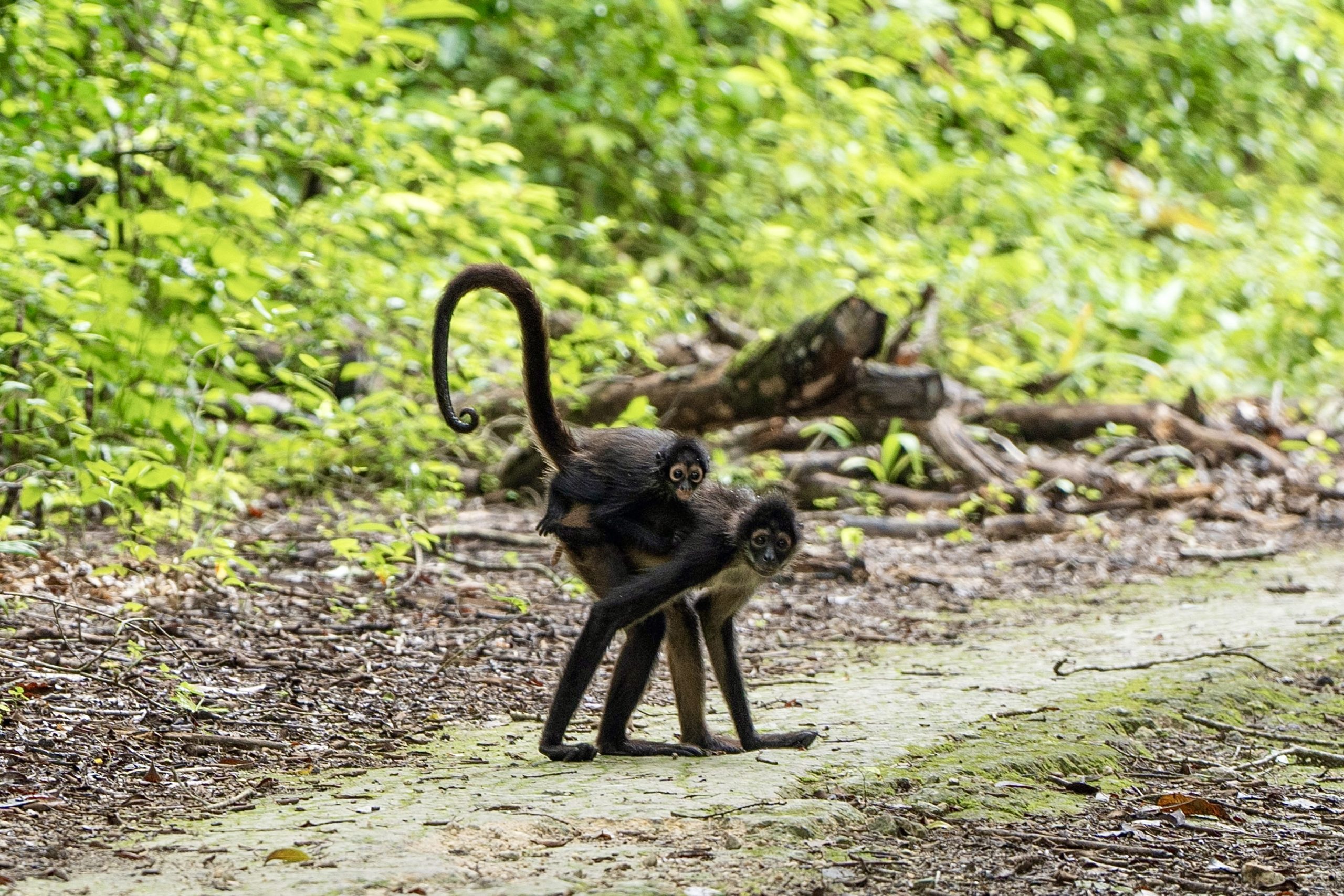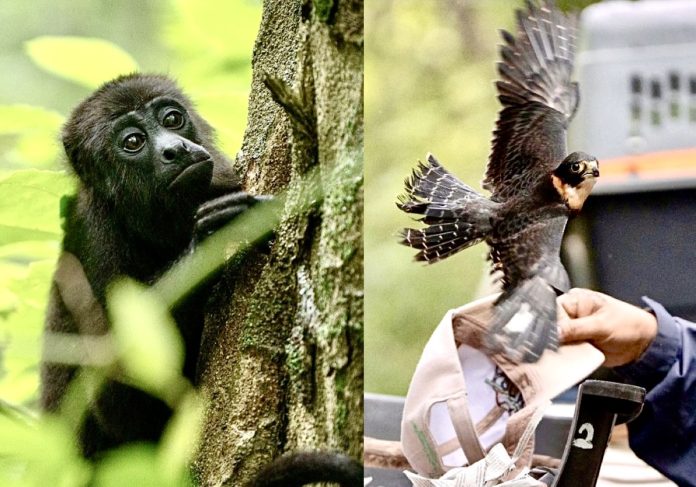
29 Species, Including Those Endangered, Have Been Rescued From Wildlife Trafficking & Returned To The Wild In Guatemala
You can help all animals and our planet by choosing compassion on your plate and in your glass. #GoVeg
RELATED ARTICLES
Amazon Faces Growing Backlash Over Selling Cruel Donkey-Hide Gelatin Products
Animal welfare advocates representing millions of people around the world gathered at Amazon HQ2 to hand-deliver over 370,000 petition signatures demanding that Amazon ban...
Man Charged With A Felony For Leaving His Dog Tied To A Fence During Hurricane Milton
A 23-year-old man has been charged with aggravated animal cruelty, a third-degree felony, after footage of his abandoned dog went viral just before Hurricane...
Colorado Officials Call Off Search For Wolf Pup Left Behind After Copper Creek Pack Was Captured
A picture of the suspected fifth wolf pup of the Copper Creek pack. Photo by: Colorado Parks and Wildlife
Conservationists and wildlife advocates are outraged...
Popular stories
News
New Lawsuit Challenges Approval Of Alaska LNG Project & Its 807-Mile Pipeline That Will Negatively Impact Endangered Species
Conservation groups sued the federal government yesterday for approving the Alaska LNG Project, an integrated pipeline project, which would export U.S. liquefied natural gas to...
Breaking News
UPDATE! Endangered Right Whale Found Dead Off Virginia’s Coast Died From A Vessel Strike
Dead female North Atlantic right whale (#1950) / Photo Credit: NOAA Fisheries, taken under NOAA permit #24359
UPDATE: As WAN reported last week, it has...
News
Sickening Trophy Hunting Event In Spain Auctioned Off Hunts Of Lions, Rhinos & Polar Bears Among Other Endangered Species
Photo by Katie Cleary
Humane Society International/Europe found that at least 54 outfitters at one of the EU’s largest hunting fairs, Cinegética, were selling trophy...
